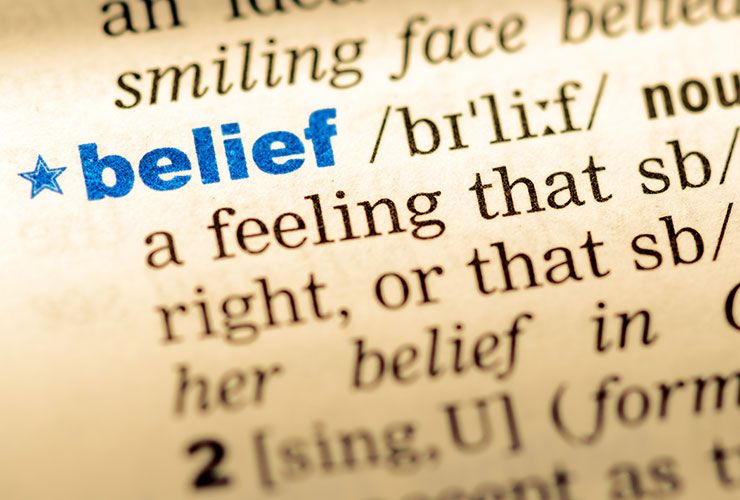Is there still room for religion?
Shall we ban belief from school or include religious teachings? Does exclusion equal ignorance, and inclusion equals biased promotion? Official schooling needs to find its way through this complicated matter of religious and ethical education and take a clear stance.
The relation between compulsory education and religious education is a very contested one, therefore hot and partly very emotional debates are not uncommon when it comes to official regulation of the issue. Some countries like France and the US take a very clear laicist position. Building on their constitutional principle of strict separation between church and state, it is prohibited to teach religion as a subject in public schools.
Arguments supporting such a stance that excludes religion from official education stress that religious teaching presents opinion as absolutes and truths, and that it aims at promoting and favouring certain traditions over others. Consequently, teachers must not advocate certain doctrines, and if values are taught that coincide with religious ones, these must never be presented in the context of belief but as an end in itself. Religion has to remain totally in the private realm.
In other countries, such as several European ones like Germany, Austria or Denmark, lessons dedicated to a certain belief are a traditional part of the educational system. These are not obligatory, that means students are allowed to deregister, but the sheer fact of them being included into the regular curriculum alludes to a very different concept than the strict laicist one. It is considered important that children learn to grasp their cultural heritage and identity which is constituted by religion in great parts.
However, also in countries conducting official religious education a critical discussion has risen during the last years. A general trend to replace lessons on religion with ethics has set in. It offers a reasonable solution to the apparent dilemma about the pros and cons of inclusion and exclusion. The key is to differentiate between teaching religion and teaching about religion. The latter is certainly the preferable one, as its aim is not plain promotion, but the discussion of religion’s role in history, culture and society.
It portrays the differing traditions and reads them critically, which makes an objective and balanced approach a necessary prerequisite. A concept like that is able to grant religion its space and acknowledge the importance it carries in many people’s lives on the one hand, while maintaining the required distance and neutrality on the other hand.

Additionally, regular ethics lessons open up a space for students to ask questions, discuss problems that occur in their own perception of belief and to reflect critically upon their attitudes. This helps them to find their very personal stance to spirituality as well as to understand and respects others’. Moreover, it aids in preventing potential radicalisation because the children are educated about abuse of belief and dangers just as well. Religious and ethical education creates thus the basis for the general appreciation of religious liberty which is a central pillar of liberal societies.
Author: Andrea Ruscher
References
[1] Primary Ethics (2017). Ethics Education for Children: think, reason, discuss. [online] Available at: https://primaryethics.com.au/
[2] Anti-Defamation League (2017). Religion in the Public Schools. [online] Available at: https://www.adl.org/education/resources/tools-and-strategies/religion-in-public-schools
